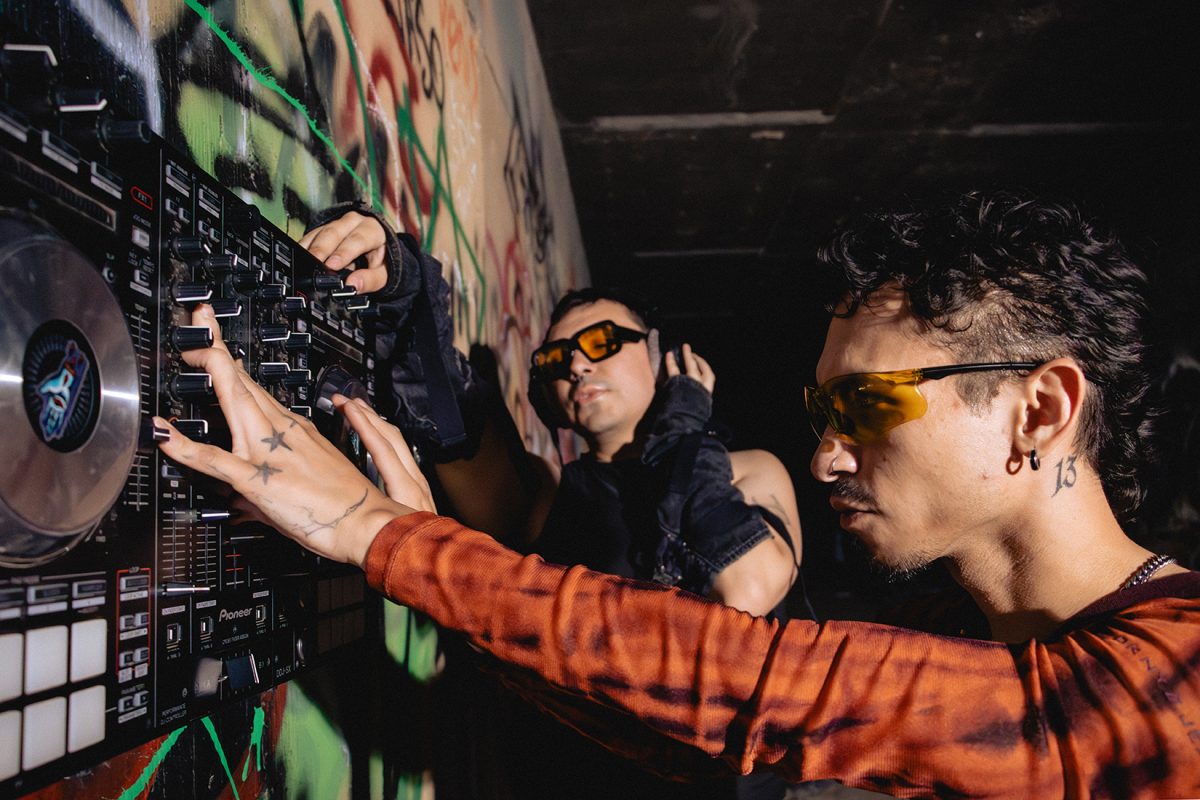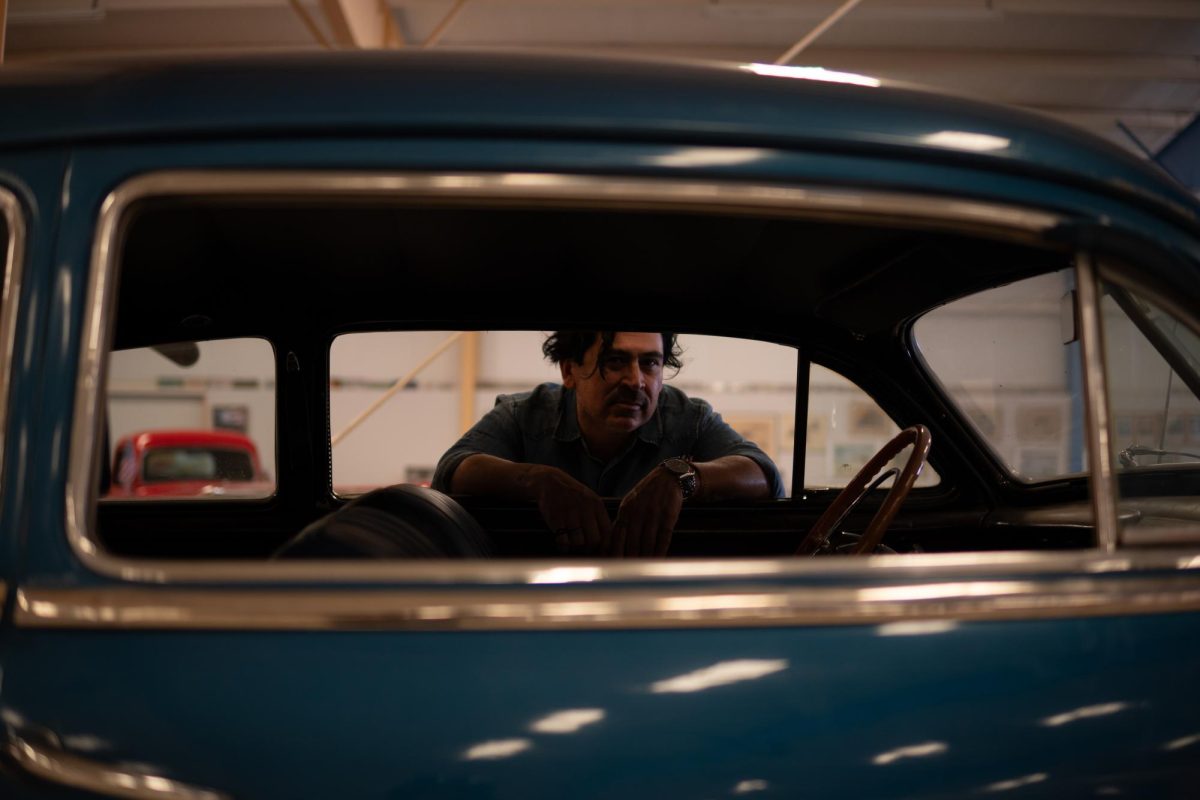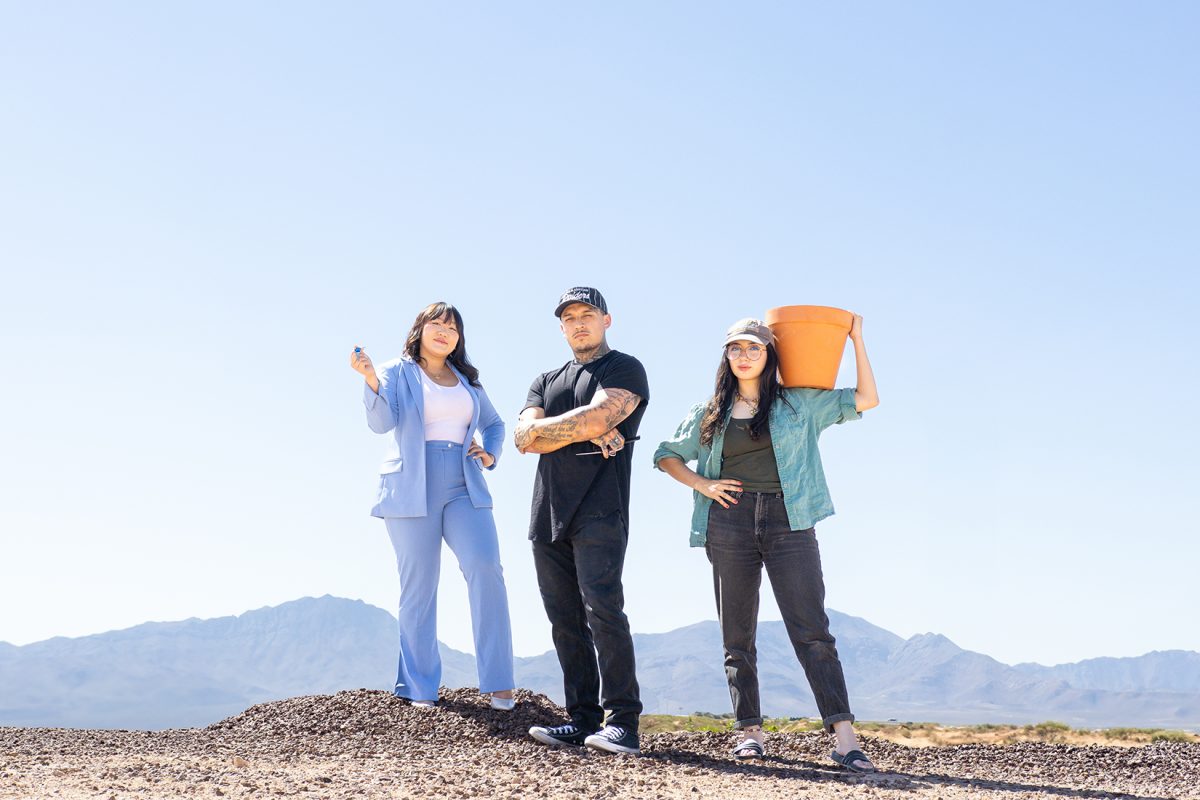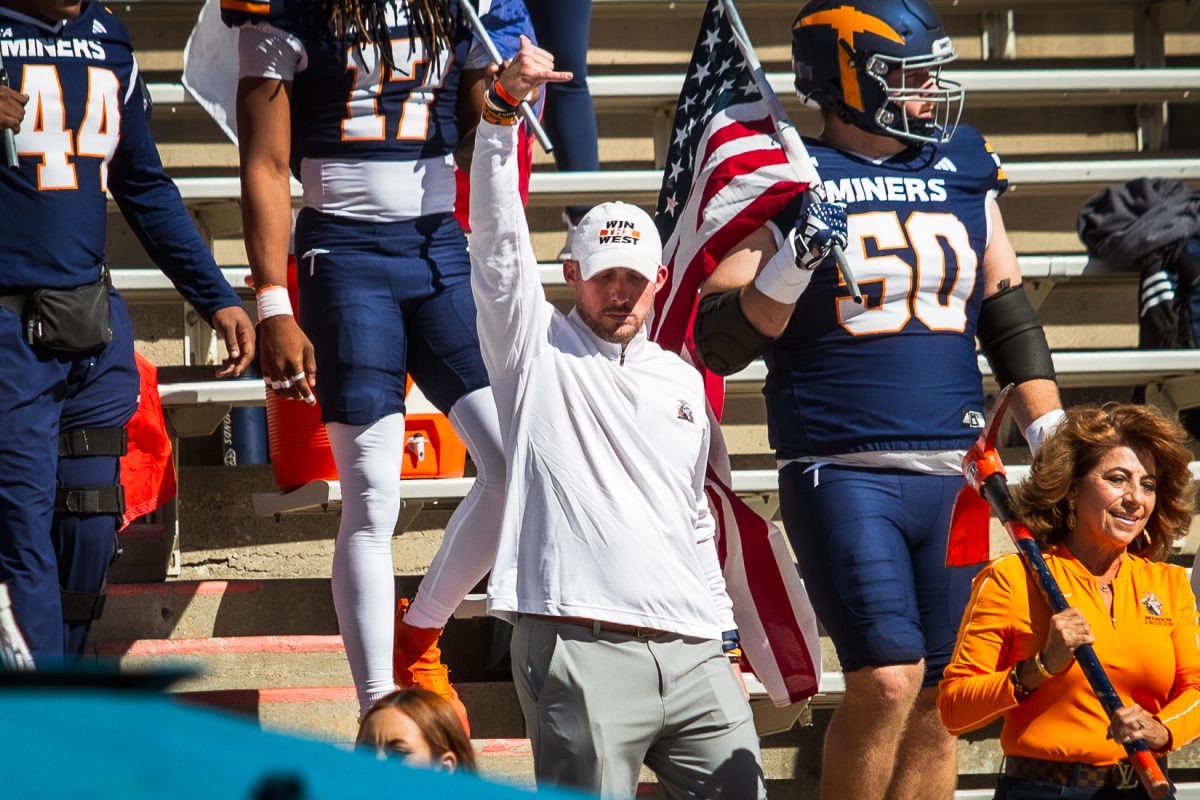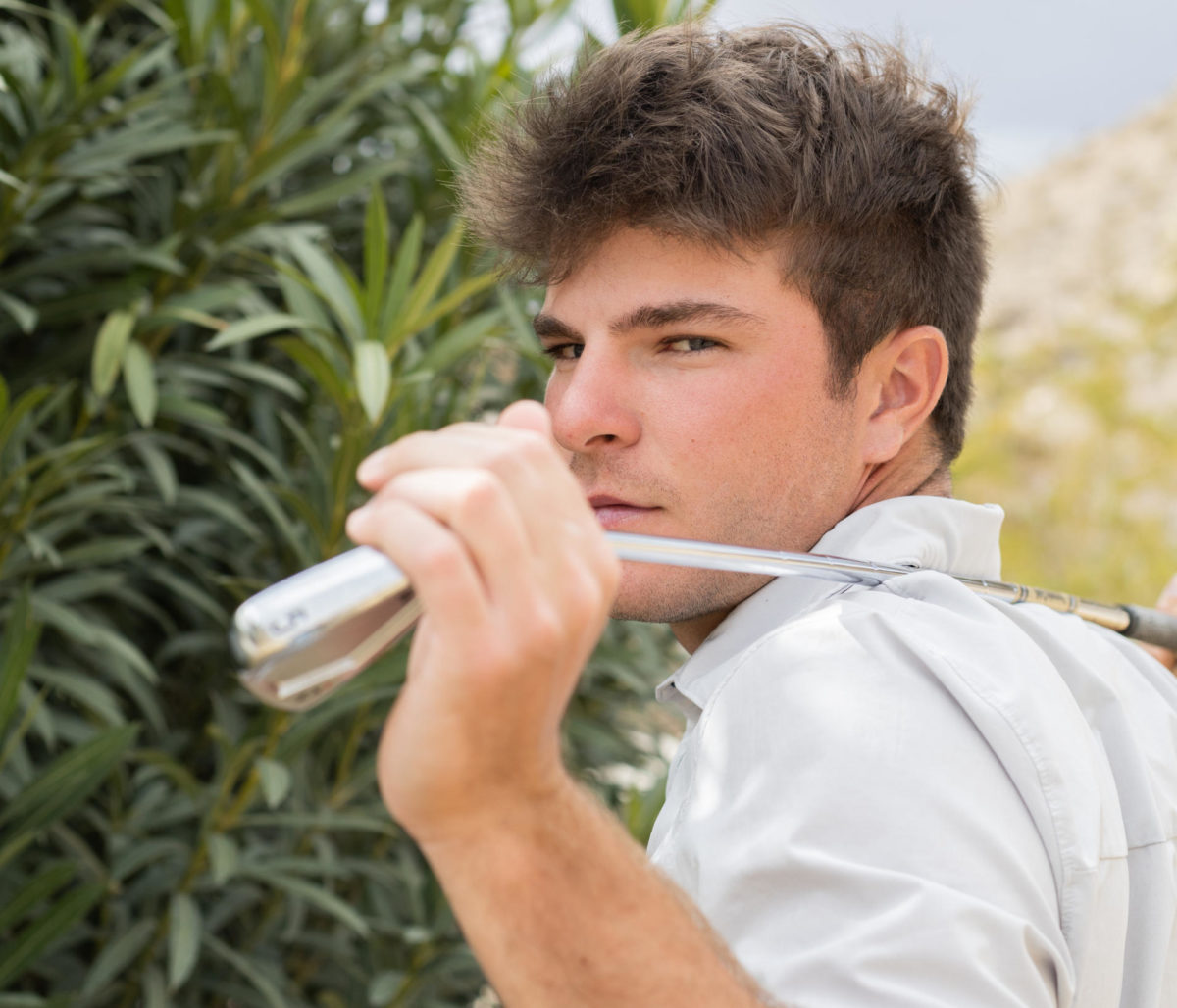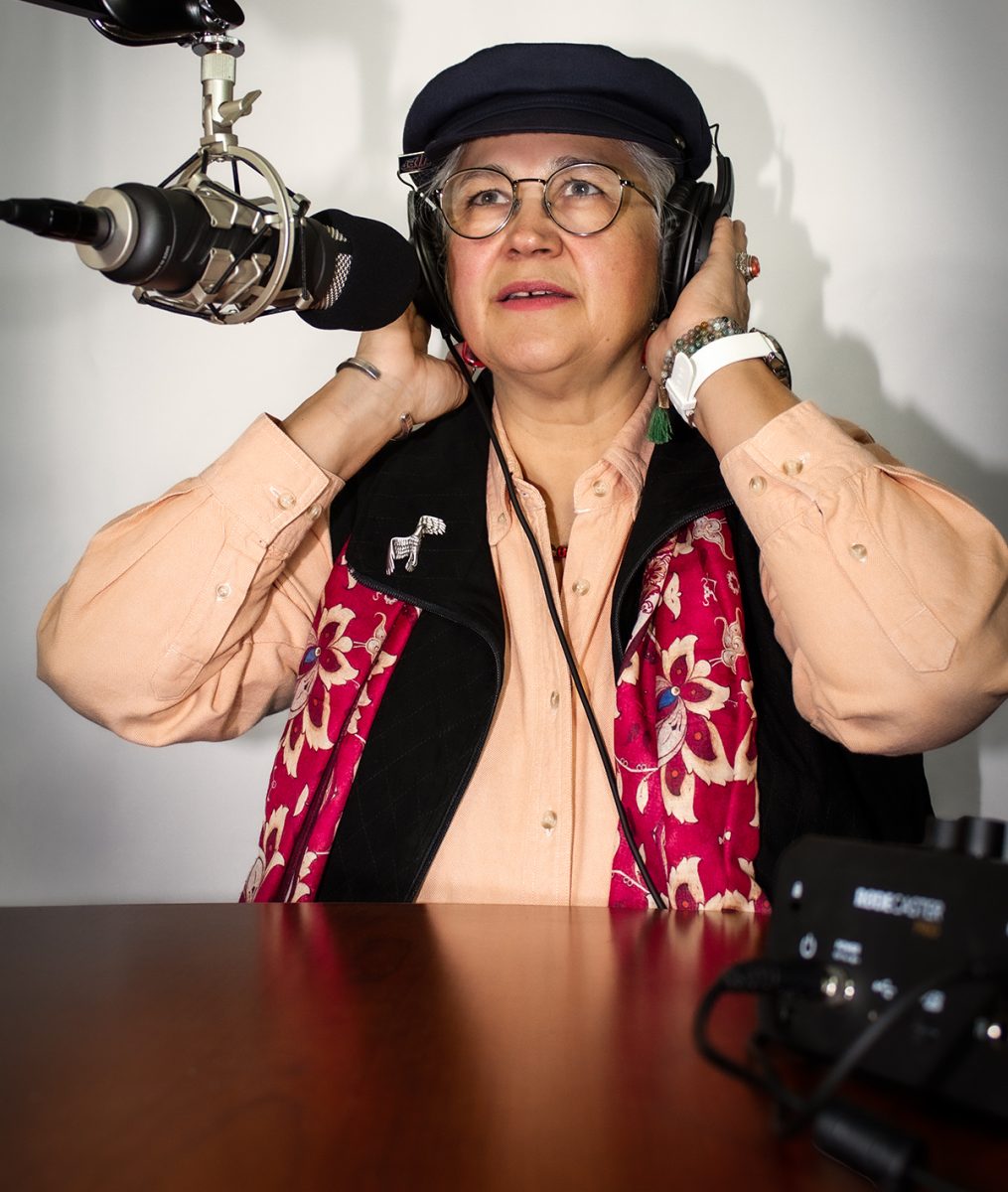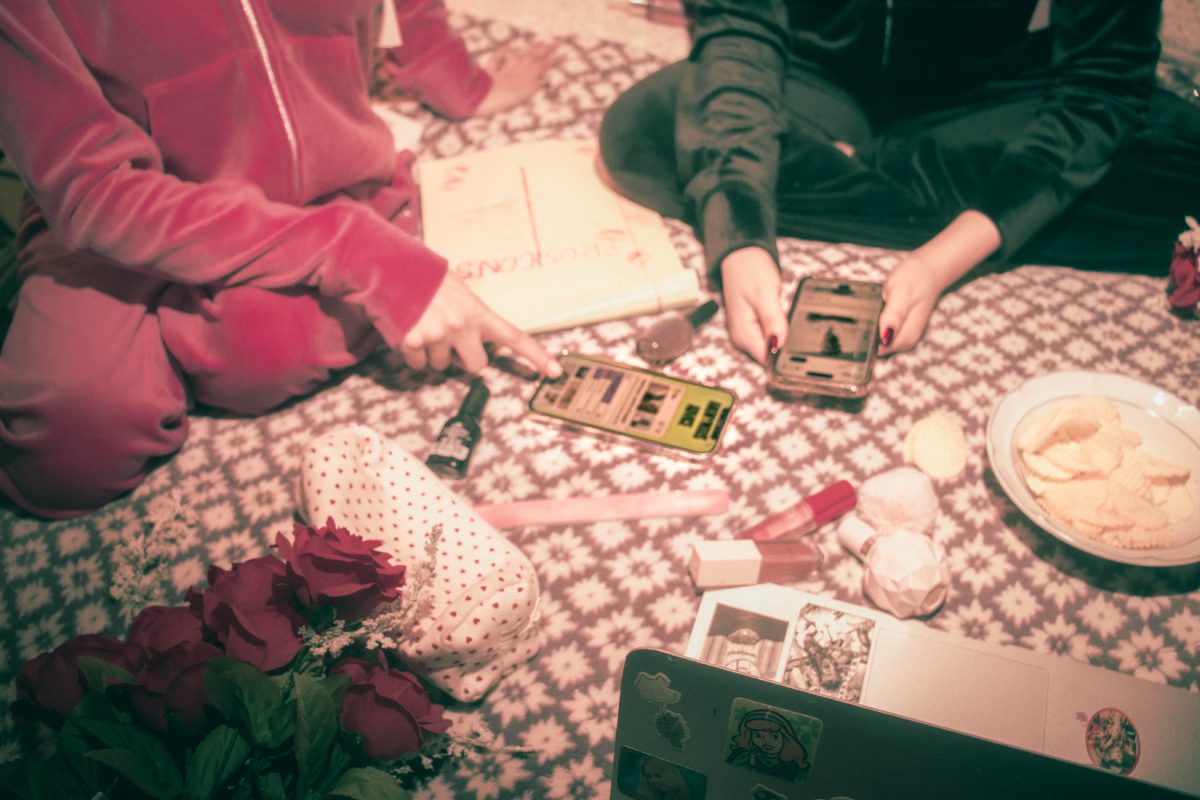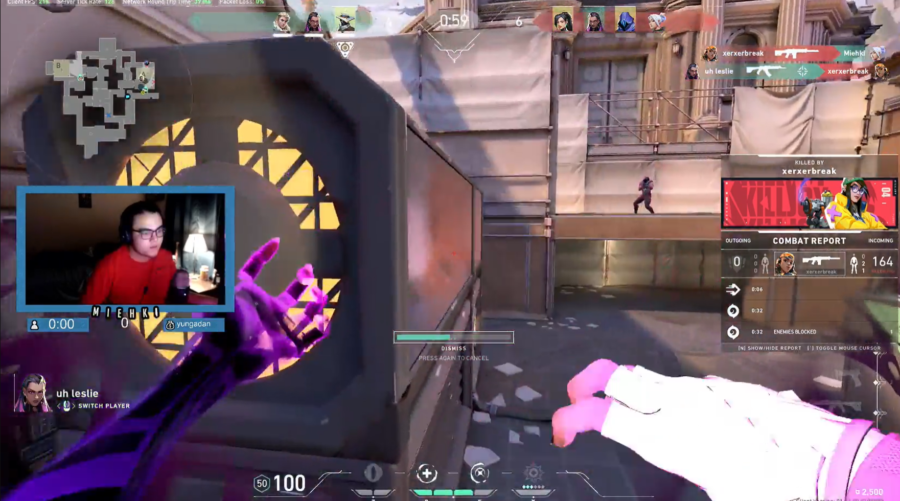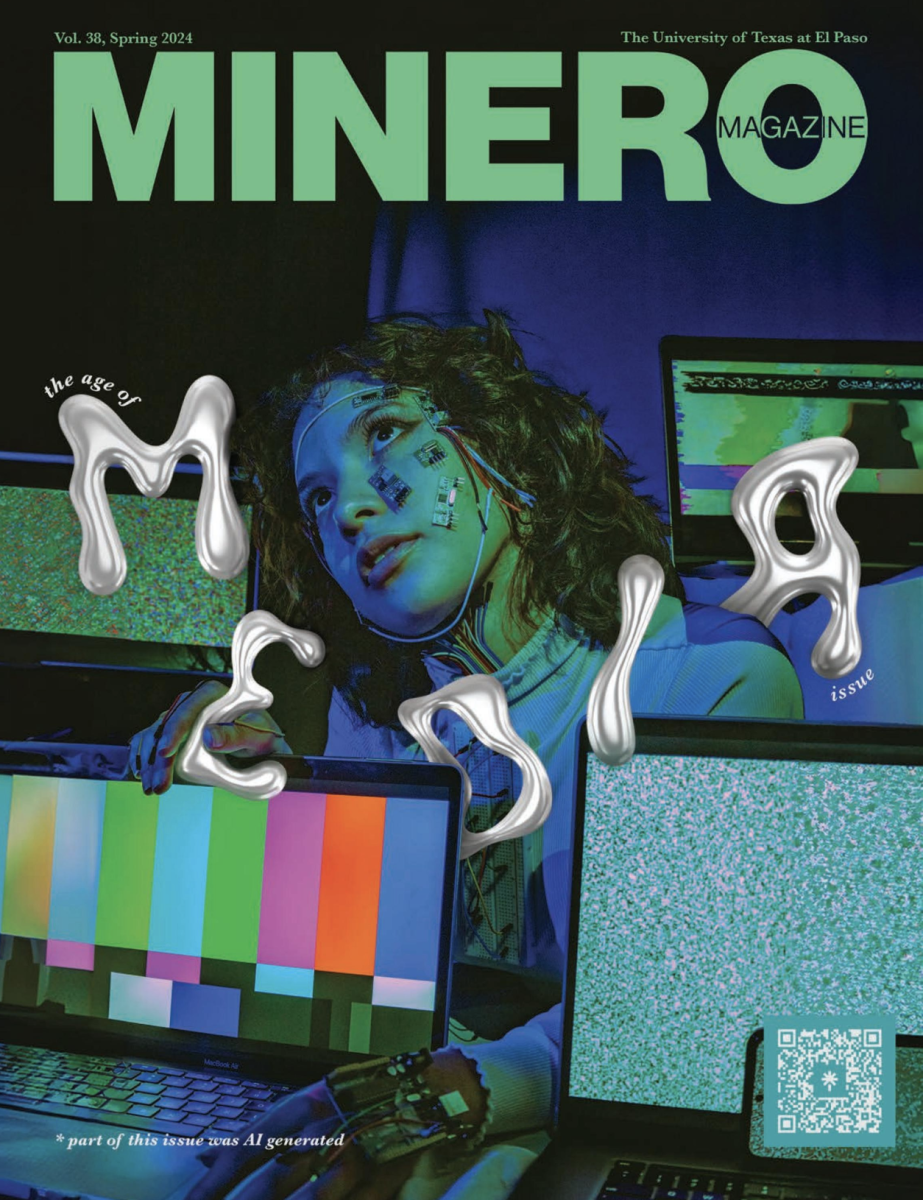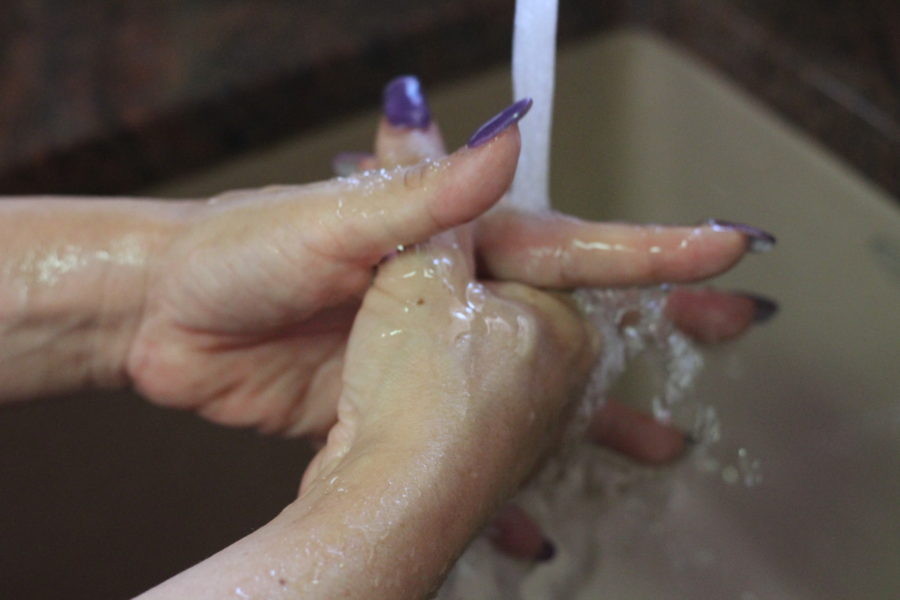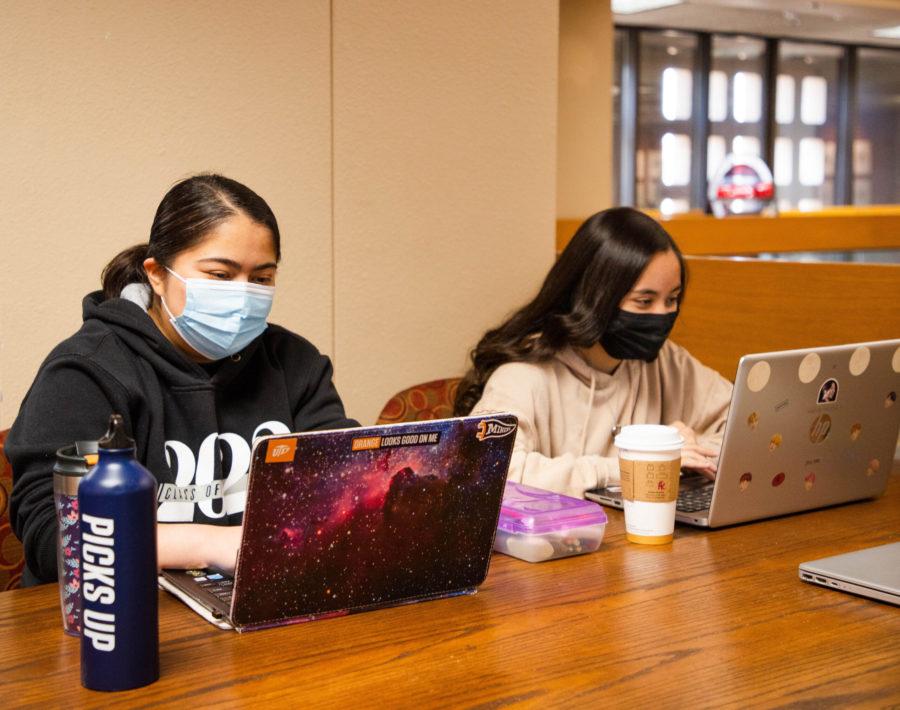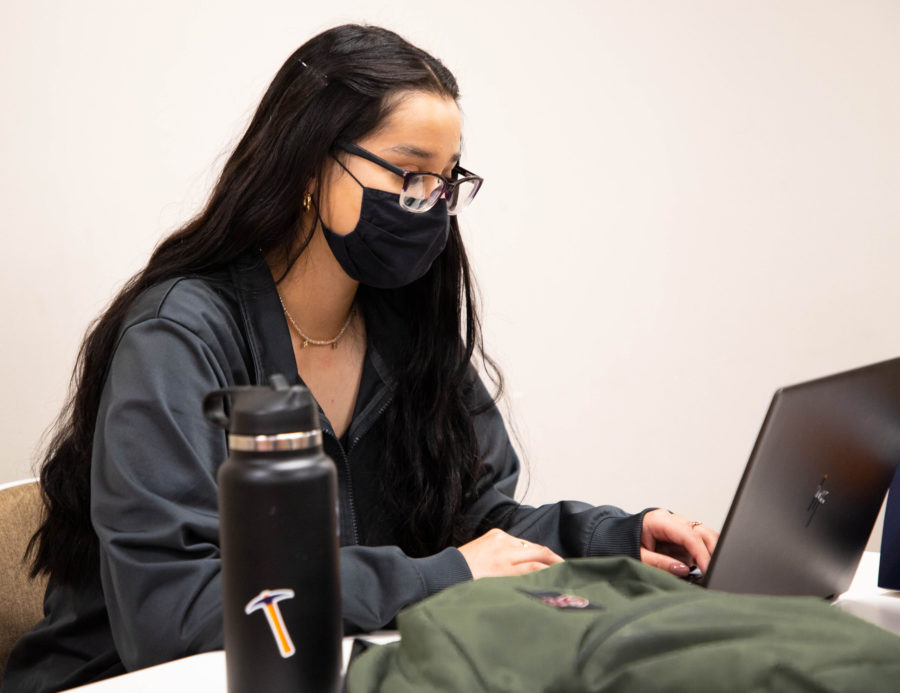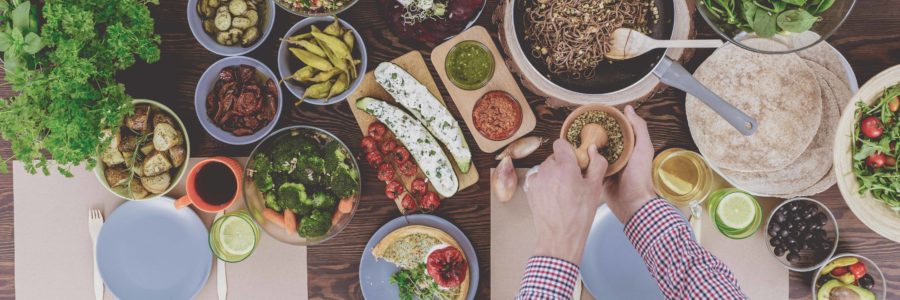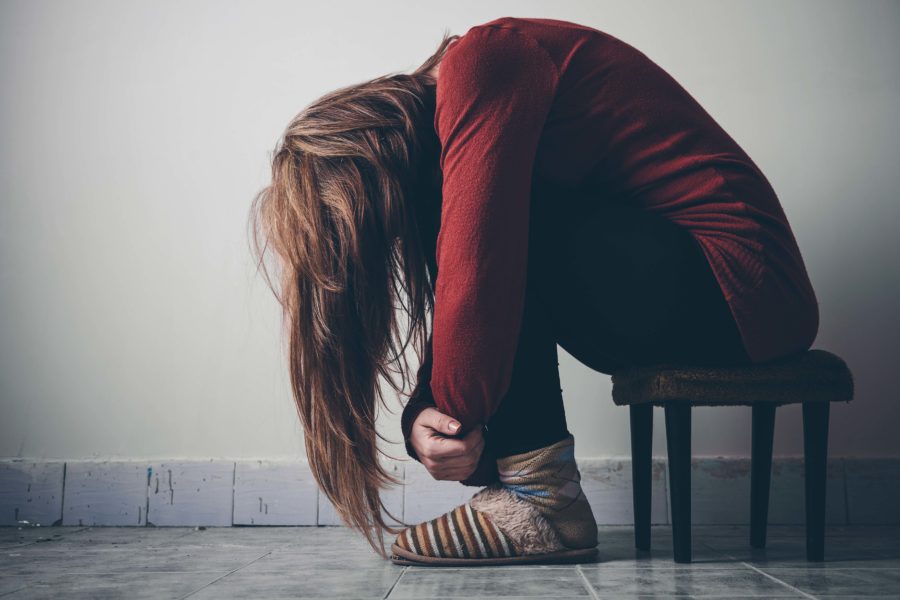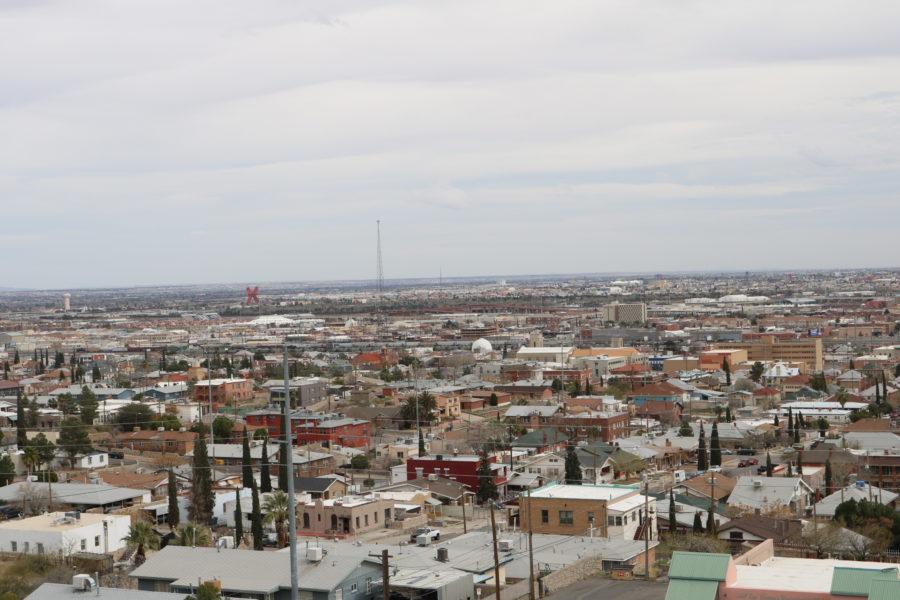Everyone from governments around the globe to popular children’s cartoons have taken up pleas to encourage people to wash their hands. Because whether you are going out and about or not, there is still more contact than you might think. In the world of social distancing, one of the most overlooked and dismissed methods of fighting against the spread of illness and the coronavirus pandemic is consistently washing your hands.
The World Health Organization (WHO) has developed the five steps or “the five” as they refer to them, to help stop the spread of COVID-19:
- Wash your hands often.
- Cough into your elbow.
- Don’t touch your face.
- Keep a safe distance.
- Stay home if you can.
It’s through these steps that we arrived at the world of social distancing, and despite the fact that many governments around the globe have initiated quarantines that keep people at home, the numbers of coronavirus cases keep going up. But one of these steps is constantly being overlooked: washing your hands.
Many assert that this is a given, something that you should already have been doing. While that is true, it’s the extra handwashing before and after some activities that could go a long way.
When to Wash Your Hands
The Center for Disease Control (CDC) has a list for when to wash your hands, which includes before and after using the restroom, before and after eating and when touching animals or garbage. But now there are some extra moments one might consider doing so.
One popular trend as of late has been using food delivery apps. You should wash your hands before picking up the food and after bringing it inside and preparing it for consumption and again once you’re done eating.
This is both for courtesy of those delivering the food and yourself. These food delivery apps have helped a lot of people keep or find new jobs and helped local businesses stay afloat, but that doesn’t make it any less dangerous when it comes to the spread of COVID-19.
Leana Wen, an emergency physician and public health professor at George Washington University, told CNET, “there is no evidence for COVID-19 being transmitted through food. However, the virus can live on instruments that people touch, including takeout containers and utensils. Therefore, people should wash our hands after we touch these items and before we eat or touch our faces”.
The same applies to any time you go out to buy groceries or even when you go through a drive-through.
How to Wash Your Hands
The CDC also listed in that same list the correct way to wash your hands: wet your hands with water, turn off the tap and then lather your hands with soap to cover your hands entirely, scrub your hands for 20 seconds with the soap, rinse your hands with water again and finally dry them off with a clean towel or air dry them.
The reason behind the 20 seconds comes from the fact that “hands could become recontaminated if placed in a basin of standing water that has been contaminated through previous use, clean running water should be used”, the CDC states. “However, washing with non-potable water when necessary may still improve health. The temperature of the water does not appear to affect microbe removal; however, warmer water may cause more skin irritation and is more environmentally costly”.
A quick tip if you don’t want to time how long you lather your hands with soap is to sing the happy birthday song twice in its entirety.
Though with the rise in urgency to wash hands, a range of tunes have been made to play for every time people wash their hands, from the new song by the creators of beloved internet children’s viral sensation, “Baby Shark”, called “Wash Your Hands With Baby Shark”.
If the educational South Korean song made by Pinkfong isn’t your taste or you just fear it getting stuck in your head like their first smash hit, other governments and artists alike across the world have some other options.
The Vietnamese Health Department made a song that went viral and even inspired a “TikTok challenge” on the social media platform where people danced to the song.
Chilean artist Princesa Alba also put a 20 second clip on her Instagram page of her new song to help you time your hand washing.
“Ya bbs durante mi tiempo encerrada en mi pieza les hice este arte con un adelanto de 💓me equivoqué💓 jiji pa que se laven las manos durante -al menos- 20 segundos”.
What About Hand Sanitizers?

Hand sanitizers are by no means a replacement for washing your hands, however, it can be a great method of fighting COVID-19 when out grocery shopping. But there are some important things to keep in mind.
To begin with, hand sanitizers are not all the same, as they do not remove all types of germs and some may not even remove all metals and chemicals such as pesticides.
In terms of how to use hand sanitizer, the guidelines are pretty much the same as washing your hands. You want to fully cover your hands and nails and rub them for about 20 seconds. After applying the hand sanitizer, you’ll want to avoid touching public surfaces as much as possible.
The Advisory Board showed the danger in hand sanitizer usage since the coronavirus epidemic started spreading at faster rates, saying “Hand sanitizer sales spiked 313.4% in the week ending Feb. 29 when compared to the same week in 2019. But, according to ProPublica, those sales include alcohol-free hand sanitizer, which CDC has noted are not effective against certain types of germs. Those products may reduce the growth of the germs but not kill them”.
So if you are lucky enough to find hand sanitizer on any shelves, it is recommended that it contain at least 60% alcohol.
By Antonio Villaseñor-Baca


